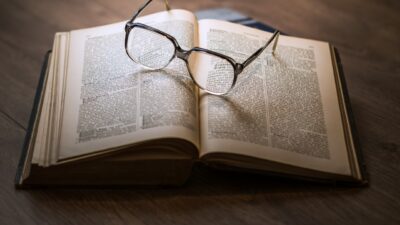Critical analysis of Holocaust distortion
Objectives:
- To raise awareness about the amount of Holocaust distortion present in social media
- To engage participants processes of critical analysis of manifestations of Holocaust distortion
- To motivate participants to take action for combating Holocaust distortion
Number of participants: 5–30
Duration: 90 minutes
Description of the activity:
- The trainer presents the statistics below from the report History under attack, published by the UN and UNESCO in 20022 and asks the participants the following questions:
- What do you find surprising in these statistics? Why?
- Which platforms are your students/the participants in your educational activities using?
- Do you encounter Holocaust distortion during your regular use of social media? If so:
- Who is sharing it?
- How do people react to it?
- Have you ever reported it? If so, what was the response of the social media platform?
|
According to the UN and UNESCO report published in 2022:
|
- The participants are asked to work in groups of 4–5 people and to analyze one example of Holocaust distortion1 based on the following questions. Each group should receive a different example from the Annex to analyze:
- Were you aware of this form of manifestation of Holocaust distortion?
- In your opinion, what are the factors (personal, societal, technological) that contribute to the spreading of this form of Holocaust distortion?
- Why do you think some people engage in this form of Holocaust distortion? Do you think they are aware of its negative impact?
- What do you think attracts people to believe and to perpetuate such rhetoric?
- What competences2 (in terms of knowledge and critical understanding, skills, attitudes and values) are they lacking, making them vulnerable to be attracted by such rhetoric?
- The groups are invited to briefly present the conclusions of their discussion in plenary. The groups are asked not to repeat what was already said by those who presented previously, but to add what was missing or to express what is perceived differently.
- The trainer conducts a debriefing discussion based on the following questions:
- Which aspects discussed in this activity surprised you and made you think? Why?
- What is, in your opinion, the role civil society can play in preventing and countering such manifestations of Holocaust distortion?
- The trainer concludes by informing the participants that in the next units they will have more opportunities to discuss the impact of Holocaust distortion as well as the competences needed to counter it, including pedagogical approaches for developing participants’ competences for democratic culture.
1 Suggested examples are offered in Annex 1. Careful consideration should be given when choosing the examples, in order to ensure that they are relevant to the specific context in which the participants live and work.
2 The trainer can allow participants to refer to any framework of competences they regularly use or offer them a reference framework of competences to guide this process, such as UNESCO Global Citizenship Education Domains; Model of Competences for Democratic Culture; Key Competences for Lifelong Learning, etc.
Materials
lesson plan
Training Outline
reading
Annex – Case studies
On this Topic
Lessons for
Topic
Number of participants:
Average Duration of Lesson:

